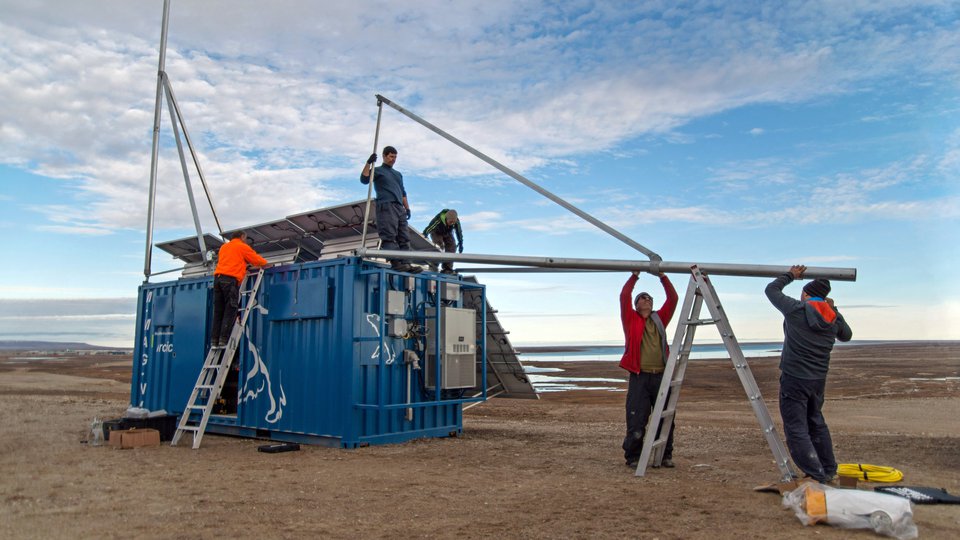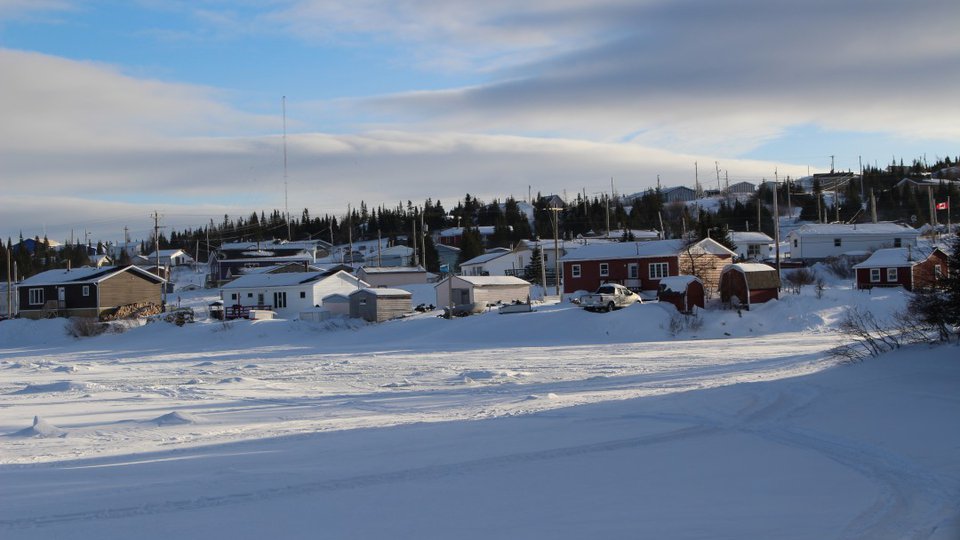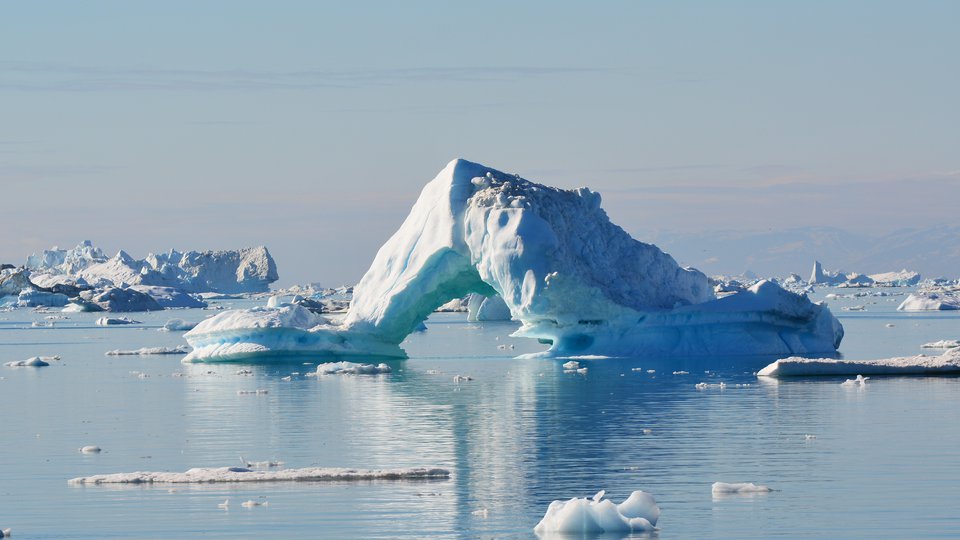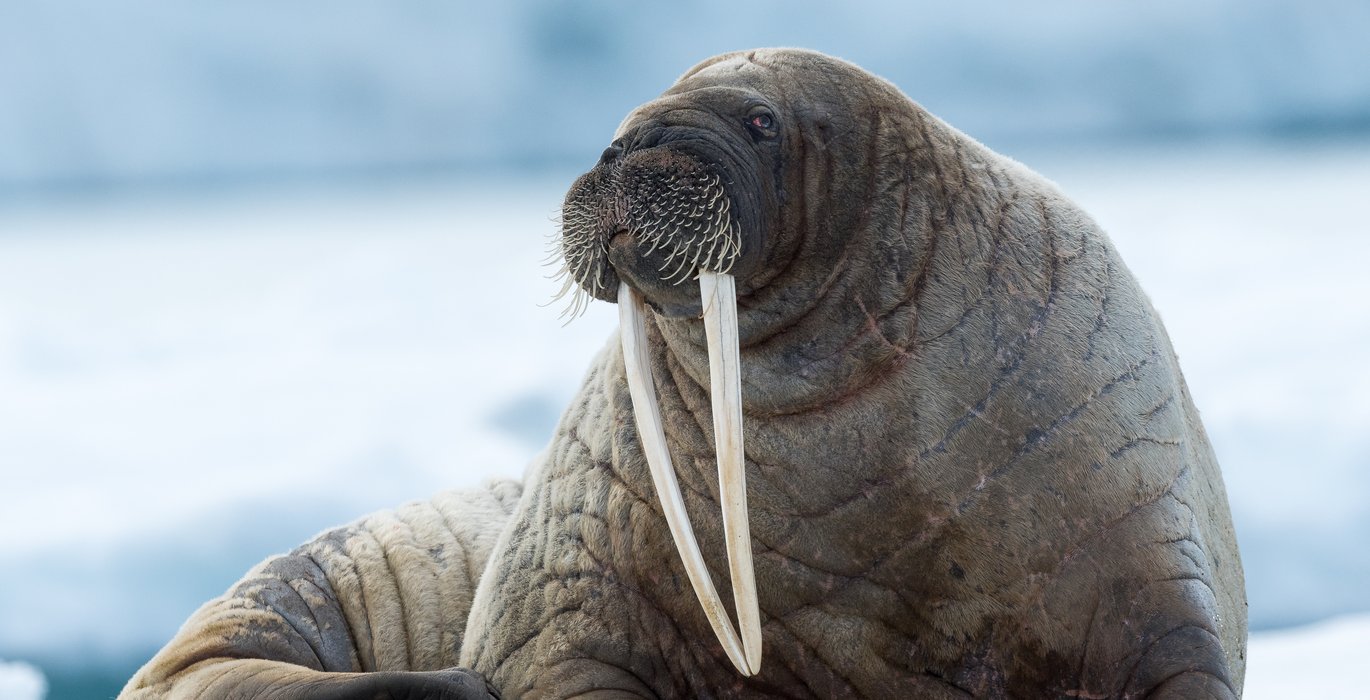
In 1867, the United States purchased Alaska from Russia, and American hunters wasted no time utilizing their newly-established access to the Bering and Chukchi Seas to hunt marine mammals.
In 20 short years, hunters reduced the Pacific walrus population from approximately 200,000 animals by at least half. Only 50,000 to 100,000 walruses remained, with the rest hunted for their valuable hides, blubber, and long ivory tusks.
Pacific walruses are large pinnipeds, with males growing up to 3.6 meteres long and weighing around 1,800 kilograms. Females are smaller, though that’s relative since they can still weigh more than a ton.
Indigenous people who lived in the Bering Strait region at the time relied on these substantial walruses for subsistence, and the massive overhunting events left them without the food they needed to survive. Researchers believe this commercial overharvesting of Pacific walruses caused a famine that led one-third of the Indigenous people in the region to starve to death in 1878 and 1879.
Commercial hunting slowed soon after, since there were no longer enough walruses in the area to make hunting them profitable.
After the Pacific walrus population plunged to the point where hunting them was not profitable, the population rebounded—which led to more hunting, and they were once again overhunted, with a peak in 1920. Then the cycle repeated again, with hunting slowing enough to allow the population to rebound, followed by a third wave of overhunting, which finally slowed around 1960 following the establishment of protections.
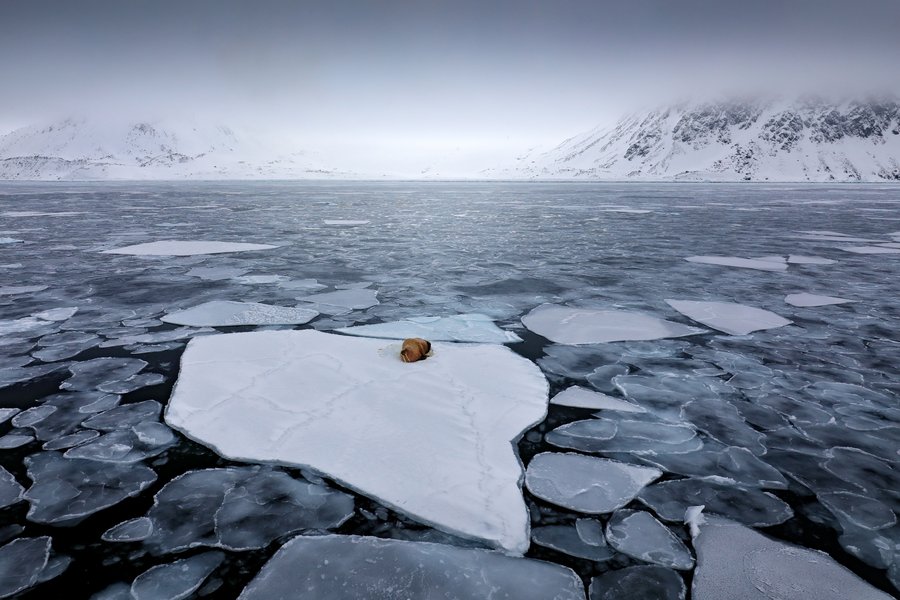
Pacific walruses are large pinnipeds, with males growing up to 3.6 meteres long and weighing around 1,800 kilograms. Females are smaller, though that’s relative since they can still weigh more than a ton. (Photo: Adobe Stock)
It took around 20 years for the population to significantly recover from this third overhunting event. Today, protections are in place for the species, and scientists believe the species has largely recovered from overhunting. However, scientists wanted to see how the genetic diversity of these animals was affected by three massive population reductions in a relatively short period of time so they looked to ancient DNA for clues, recently publishing their findings in Scientific Reports.
“We wanted to see how [the population contractions] affected their genetic diversity,” says Kendall Mills, an author on the Scientific Reports article, who recently finished a PhD in biology at the University of Alaska, Fairbanks. “As climate change continues to degrade their habitat, primarily floating sea ice, we wanted to see if we could use some information about how they responded to population contractions in the past to see if we could predict how they're going to respond… once these threats get worse in the future.”
Genetic diversity is the gene variation present in the population of a species. When animals lose genetic diversity, it can lead to an “extinction vortex” when a small population inbreeds and individuals could potentially suffer more genetic disorders, which could make the population continue to drop. Once it reaches a certain threshold, a “ratcheting effect” makes it very difficult to reverse course, and can lead to extinction.
Researchers wanted to learn if the three overhunting events that occurred in rapid succession—along with resulting population contractions—caused a loss of genetic diversity in Pacific walruses. To study this, they turned to ancient DNA (aDNA). They extracted DNA from ancient bones that were up to 3,300 years old—dating back well before the overhunting period—at the University of Alaska Fairbanks's UAM Ancient DNA Lab. Then, they compared the findings from those bones to modern-day DNA from healthy walruses.
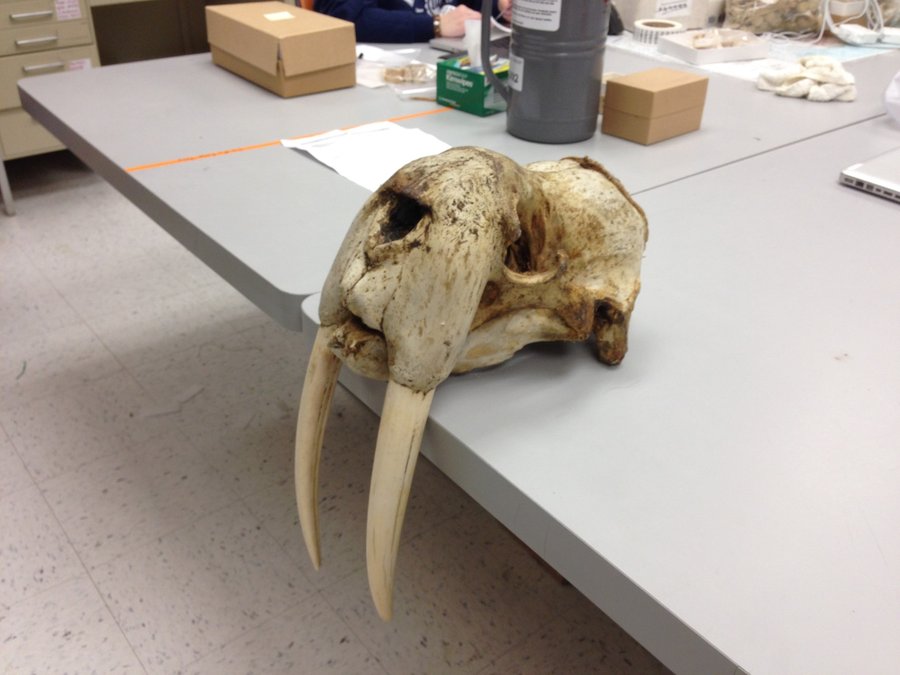
The ancient samples were obtained from UAM’s Archaeology Collection and UIC Science, LLC in Utqiaġvik, Alaska.(Photo: Nicole Misarti)
The modern walrus samples were collected from subsistence harvests on St. Lawrence Island, Alaska, that took place from 2014-2016, and a variety of samples were taken from 1933 to 2015 from a number of sources. The ancient samples were obtained from UAM’s Archaeology Collection and UIC Science, LLC in Utqiaġvik, Alaska.
After dating the samples and performing extensive analysis, researchers were surprised to find no significant difference between the ancient and modern samples. While they were anticipating finding a loss of genetic diversity, the results surprised them.
“We weren't expecting to discover that the diversity hadn't fallen at all,” Mills says. “We thought that it would have fallen a little bit.”
They believe this finding might be related to how walruses are wide ranging and cover quite a bit of ground each year, aided by their utilization of floating sea ice, which means they aren’t constrained to land.
“In their lifetimes, they move around all over the place,” she says, noting the large range a single Pacific walrus can cover. “[Their range is] huge, and one walrus might cover quite a bit of that in one lifetime, even in one year,” she says, comparing the walruses with terrestrial mammals that often have much smaller territories.
While roaming so widely may have helped Pacific walruses escape deleterious genetic effects from overhunting, they are under threat today. Climate change is impacting their habitat, melting the sea ice they rely upon for vital life activities like feeding, molting, and calving.
The walruses also rely on floating ice to serve as a “haul out” where they can pull themselves up and rest. When floating sea ice is not available to use as a haul out, walruses will instead use land, though this can be problematic.
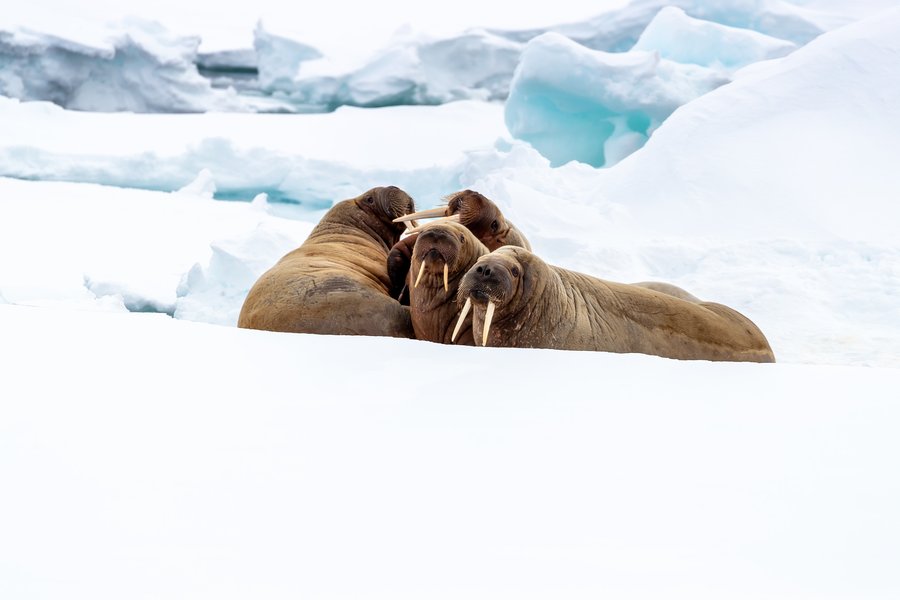
Walrus' feed on seabed floor species, like clams, worms, and sea cucumbers, using their whiskers to help them locate prey. (Photo: Adobe)
In 2009, a mass mortality event occurred on Icy Cape, Alaska, when a large group of Pacific walruses were startled from their location on land. As they rushed back into the ocean, 131 walruses—mostly calves—were trampled and died.
Pacific walruses will often migrate with sea ice when they can, with many females and young heading north to the Chukchi Sea when ice retreats in the spring, and returning south once again in the fall when the ice reforms.
With these long migrations, sometimes the walruses are forced to use haul outs on land along the way when sea ice is not available. Climate change is also making it more difficult for walruses to reach their seabed foraging grounds, since in some areas where sea ice remains, the ocean floor is too deep underneath.
If populations decline sharply, it could harm the subsistence lifestyle and culture of Indigenous people who live in the region.
Walruses also have important roles in the ecosystem. They feed on seabed floor species, like clams, worms, and sea cucumbers, using their whiskers to help them locate prey. They mostly eat soft invertebrates, and when they eat a clam or snail, they will suck the soft parts out and leave the hard shell behind. During this process, their tusks stir up seabed sediments, mixing them with oxygen and releasing nutrients into the water.
Occasionally, some walruses—mostly large males—will eat seabirds or even seals. The massive pinnipeds only have a few predators, including humans, polar bears, and killer whales.
“The problem is we really have no way to protect that environment for them,” Mills says. “Because the ice caps are melting, there is less and less floating sea ice every year, and that's because the planet is getting warmer. Conservation workers can’t go out with any technology that we have now and make more ice for them.”
While technology hasn’t solved the climate crisis, scientists are using the technology that is available to learn more about Pacific walrus populations and analyze their DNA—both ancient and modern—to learn more about these massive pinnipeds and protect them in the future.
